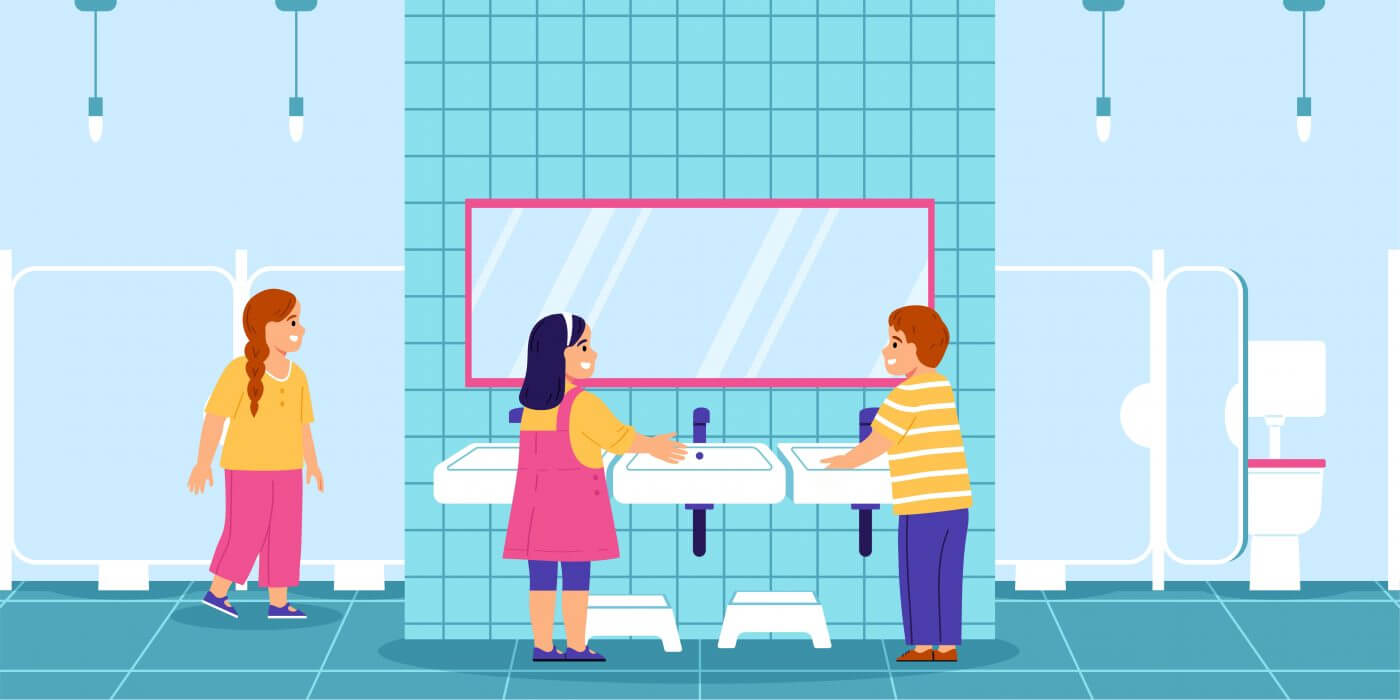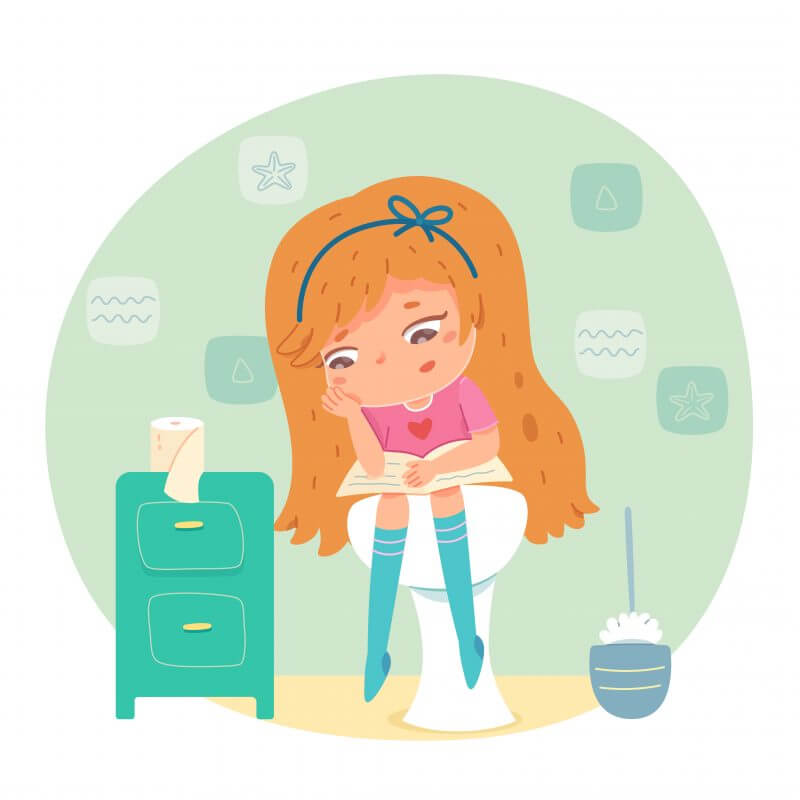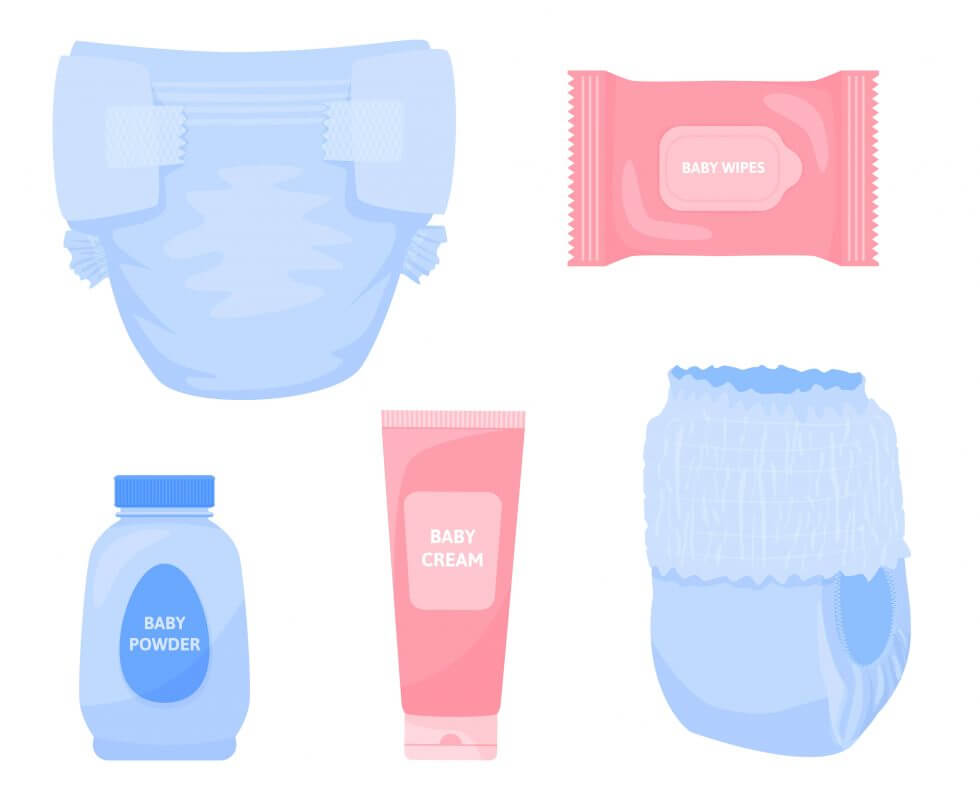

1. Frequent Toilet Checks:
Fact: Frequent toilet trips can lead to children emptying partially filled bladders. This stage typically comes later in their developmental journey.
What to Do: For children starting toilet training at around 18 to 24 months (2 years old), aim to take them to the toilet every two hours. Remember, they are still learning to recognise their body’s signals and respond appropriately.

2. Asking If They Want to Go
Fact: Children may often respond with a “No” because going to the toilet isn’t the most fascinating task for them.
What to Do: Instead, observe your child’s physical cues. For example, if they’re fidgeting and holding their legs together, say, “Hey buddy, you are holding your legs together… your body is telling you it’s toilet time. Let’s go!”

3. Prolonged Toilet Time:
Fact: Sitting on the potty or toilet for more than 5 minutes can be tedious for children. In some cases, extended sitting on the toilet or potty may just result in catching an accident that occurs during that time, rather than achieving functional toileting.
What to Do: Encourage your child to finish in around 5 minutes. If there’s minimal progress, try again later. Prolonged sitting can be boring and challenging for their early attention span.

4. Pull-Ups for Cleanliness:
Fact: Nappies or pull-ups are designed to keep your child’s bottom dry by absorbing urine and feces. However, feeling wet or dirty is a crucial part of toilet training.
What to Do: It’s essential for children to experience wetting or soiling their underwear/ training pants as part of the learning process. Consequently, transitioning to training pants or underwear is recommended. If you aim to minimize mess, consider placing underwear inside the pull-up to allow your child to feel the difference between wet and dry while keeping your home clean.
For more in-depth information and useful tips on toilet training, visit our toilet training page. Stay tuned for more valuable insights to help you and your child on this journey!
Khairun Nizam, N., Matzin, R., & Abdullah, N. Z. M. (2019). Using Visual Prompt Approach in Parental Intervention to Improve the Toileting Skills of Children with Autism Spectrum Disorder. Online Submission.
Melkonyan, A. (2022). OCCUPATIONAL THERAPY APPROACHES TO OVERCOMING TOILETING DIFFICULTIES IN CHILDREN WITH AUTISM. Armenian Journal of Special Education, 6(2), 11-27.
Meredith P. Gronski; Occupational Therapy Interventions to Support Feeding and Toileting in Children From Birth to Age 5 Years. Am J Occup Ther September/October 2021, Vol. 75(5), 7505390010. doi: https://doi.org/10.5014/ajot.2021.049194
Rajoria, A., Jain, N., & Meena, S. K. (2023). The efficacy of visual schedules in facilitating independent toileting skills development in children with autism spectrum disorders: A systematic review.
Sejkora, E. K. (2019). Psychosocial Characteristics of Children with and without Toileting Dysfunction (Doctoral dissertation, The University of Wisconsin-Milwaukee).
Toilet training: A practical guide. Raising Children Network. (2023, May 3). https://raisingchildren.net.au/preschoolers/health-daily-care/toileting/toilet-training-guide
Wiggins LD, Nadler C, Hepburn S, Rosenberg S, Reynolds A, Zubler J. Toileting Resistance Among Preschool-Age Children with and Without Autism Spectrum Disorder. J Dev Behav Pediatr. 2022 May 1;43(4):216-223. doi: 10.1097/DBP.0000000000001036. Epub 2022 Feb 15. PMID: 35170572; PMCID: PMC9050947.
